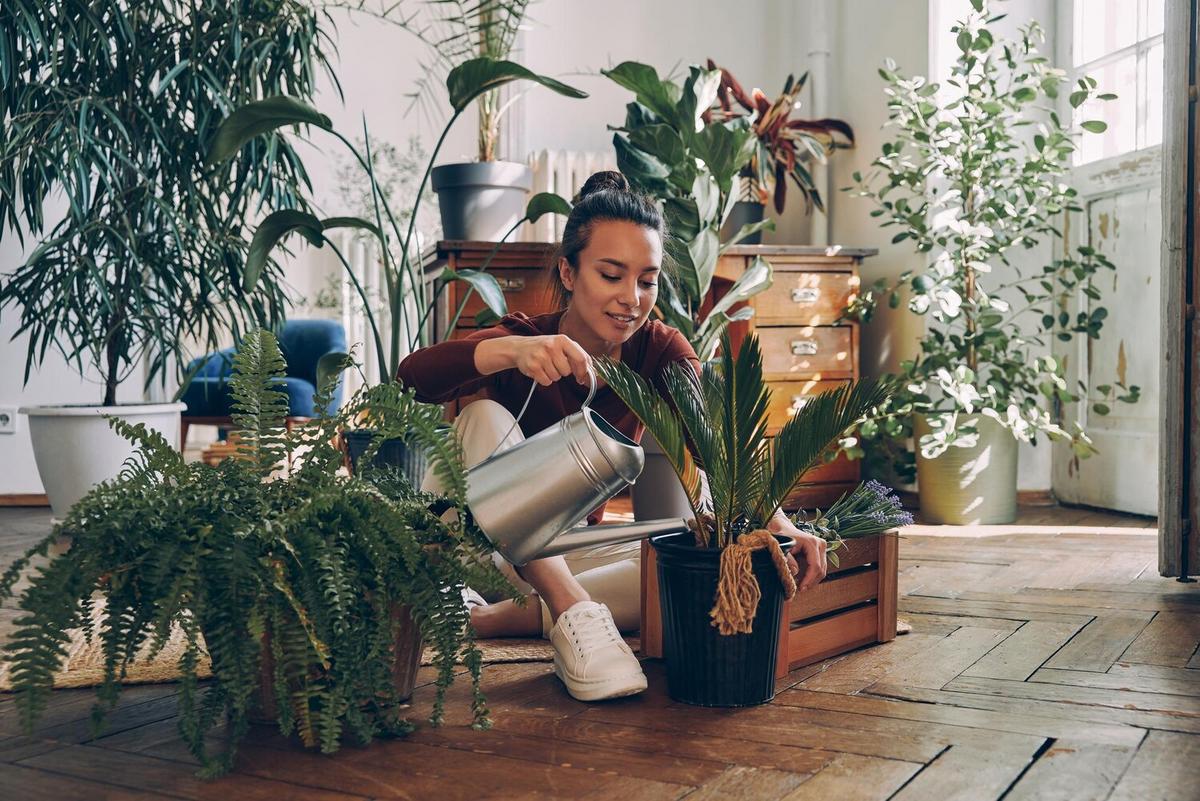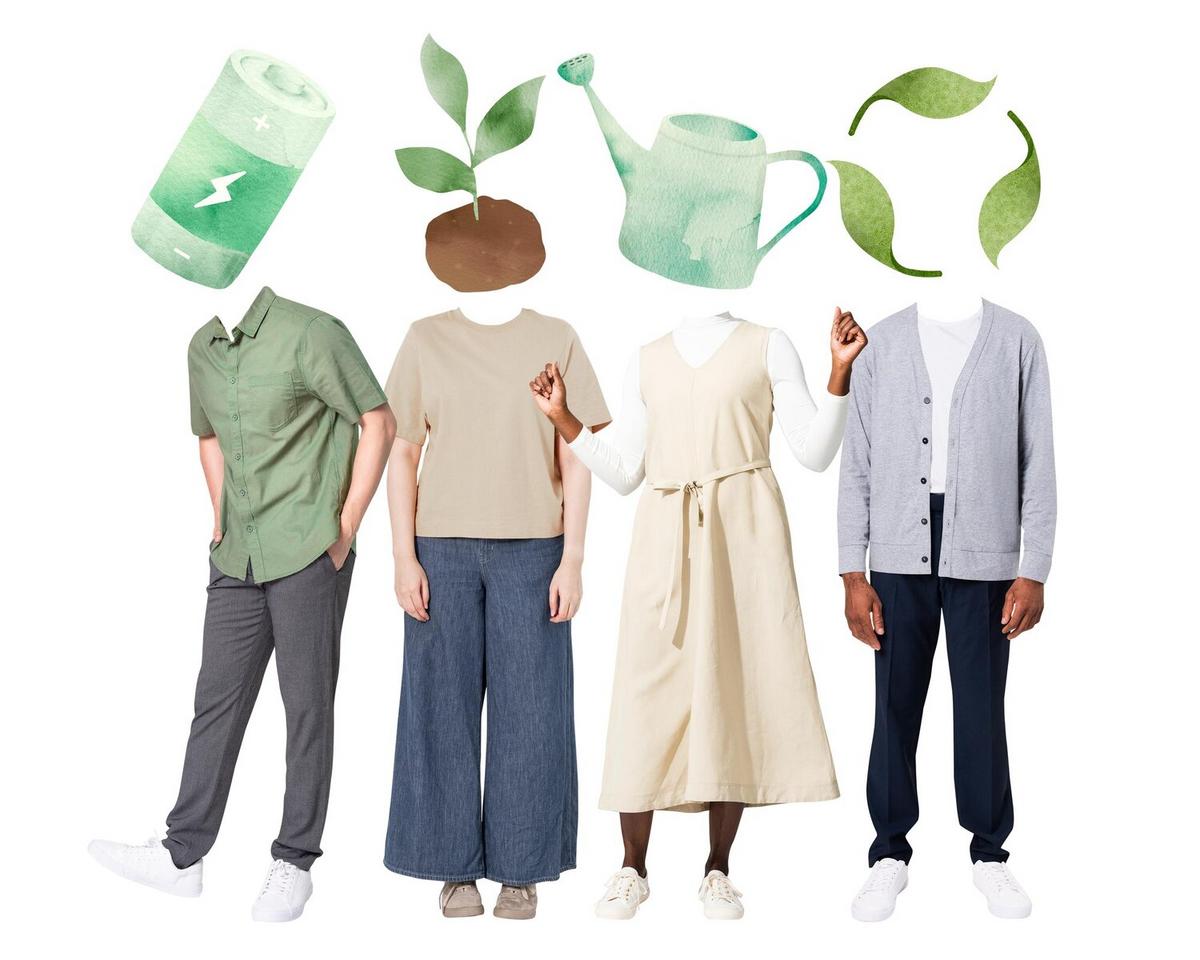
How to Start a Compost System in Your Backyard
Composting is an essential practice for those who cherish the environment and wish to reduce waste right in their own backyard. This guide will walk you through the steps to set up a successful compost system, allowing you to turn kitchen scraps and yard waste into nutrient-rich soil.
Why Composting Matters
Composting not only reduces landfill waste but also enriches soil, reduces the need for chemical fertilizers, and lowers your carbon footprint. According to the Environmental Protection Agency, food scraps and yard waste make up more than 30% of what we throw away, and composting these materials can significantly reduce this bulk.
Getting Started: What You Need
Starting a compost system requires a few basic materials: a compost bin, a mix of green and brown materials, water, and a little patience. Let’s break down each component:
- Compost Bin: Choose a bin that suits your space. Options range from simple DIY wire cages to rotating composters.
- Green Materials: These include fruit scraps, vegetable peelings, coffee grounds, and grass clippings, which provide nitrogen.
- Brown Materials: These consist of leaves, straw, and wood chips, supplying carbon necessary for decomposition.
- Water: Moisture is crucial for the composting process, keeping the microbes active.
Building Your Compost System
Once you have your materials, it’s time to layer them in your bin. Start with a layer of brown materials, followed by green materials. Continue alternating layers, and remember to keep the pile moist, but not too wet. Turn the compost every few weeks to aerate it, which speeds up decomposition.
Pro Tip
Maintaining Your Compost
Monitoring your compost pile is essential for success. If you notice a foul smell, it may need more brown materials or turning to improve aeration. Conversely, if the pile is dry, add water and more green materials.
| Material | Category | Notes |
|---|---|---|
| Fruit Scraps | Green | Rich in nitrogen |
| Vegetable Peelings | Green | Break down quickly |
| Leaves | Brown | Provide carbon |
| Wood Chips | Brown | Good for aeration |
| Grass Clippings | Green | High nitrogen content |
| Straw | Brown | Helps aerate pile |
| Coffee Grounds | Green | Acidic, use sparingly |
| Cardboard | Brown | Shred before use |
Common Challenges and Solutions
FAQ
Why does my compost smell bad?
This usually indicates excess moisture or a lack of air. Turn the compost and add more brown materials.
How do I know when the compost is ready to use?
The compost is ready when it’s dark, crumbly, and smells earthy, which usually takes several months.
Conclusion
By following these steps, you can create a thriving compost system that supports sustainable living and enriches your garden. Get started today and transform your organic waste into valuable compost.
For additional resources on composting, you can visit sites like EPA’s Composting at Home for further guidance.


